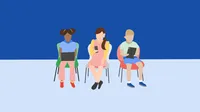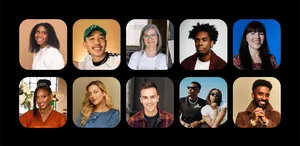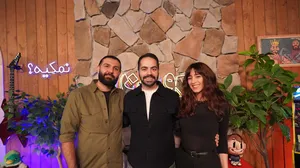Media Literacy Week: Supporting healthy media experiences for young people

This week marks Media Literacy Week in Canada, an annual event hosted by MediaSmarts to engage and spark digital media literacy conversations and activities amongst teachers, students, families, community groups and partners.
According to research on setting boundaries and building trust online, MediaSmarts found that 61% of youth agree that parents or guardians should keep track of what their children are doing online. We had the opportunity to work with MediaSmarts on some tips for parents and caregivers to support healthy media use at home for kids and youth. Here are a few of the insights from MediaSmarts, along with product tips from YouTube:
- Make sure that you are selecting the appropriate app or platform for your child’s age. Many platforms require users to be 13 years of age or older. For younger users, apps like YouTube Kids can provide a more age-appropriate experience.
- Ensure that kids give their real age when signing up for an online service. Many apps and social networks have safety settings and defaults for kids between ages 13 and 17. On YouTube for instance, autoplay is turned off and privacy settings are set to “Private” by default for kids of this age.
- If you're comfortable with your child using a service before they are 13, make an account for the two of you to share until they’re old enough to make their own. Options like Supervised experiences on YouTube allow parents or guardians to create a supervised account that's linked to their own account. This way, parents can select content settings that work for their family, and showcase suitable content for kids to explore.
- Create household rules together. MediaSmarts’ research has shown that kids with household rules about internet use are less likely to do things like post their contact information, visit gambling sites, or talk to strangers online.
- Some platforms have specific safety resources for content creators. For example, YouTube’s Creator Safety Centre provides resources for creators to navigate any challenges they may face. Go through these with your kids if they start posting their own content so they can learn how to secure their accounts, deal with the sudden rise in attention a successful channel can bring and access support networks if they need them.
See the full tip sheet here, and more MediaSmarts media literacy resources here.




